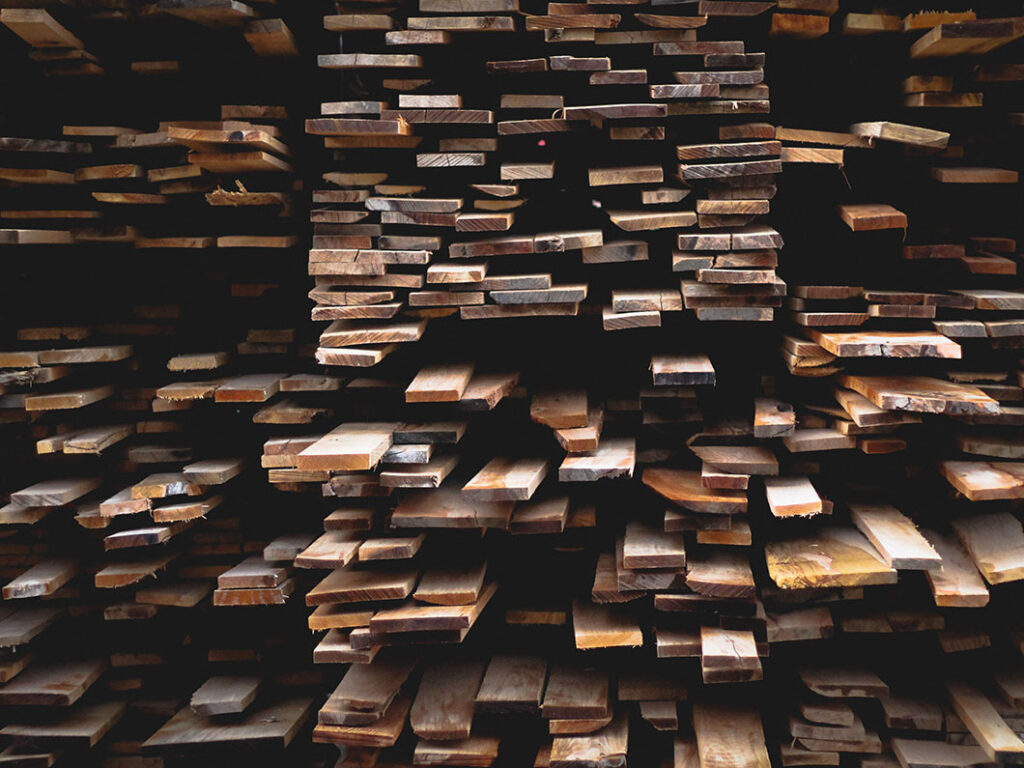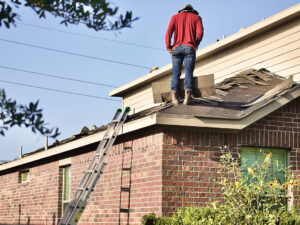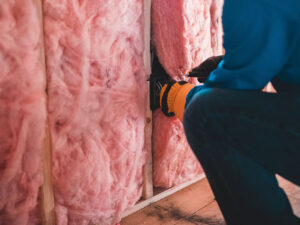
Your Guide To Choosing The Right Type Of Wood For Your Next Project

Choosing the right type of wood is one of the essential ingredients to any home project. Knowing the right grade and species is going to allow you to achieve a high level of success. One must consider that every softwood is going to have its own unique qualities, and you must understand this for each project. The wood industry has conducted countless tests and research to create the ultimate grading system to ensure that you choose the right wood for your desires.
Structural Work
If you are doing structural work, you will generally be working with wood in the sizes of 2x, 4x, and 6x, etc. Generally, you can expect to see increments of 2 inches; an example of this would be 2×2 through the 4×18. Today, we are granted a highly efficient milling and grading process that is able to produce a very common size of 2×4, which is actually measured out to be 1.5″ x 3.5″. One of the other more common measurements is the 4×4, which, when cut and produced, has a dry measurement of 3.5″ x 3.5″. In order to fully understand your needs for the project, you will need to consult project plans, local codes, and residential codes. Additionally, the American Wood Council offers an easy-to-use span calculator for all of your projects. Keep in mind that the calculations will only be as accurate as of the information that is input. It is best to reach out to a professional if you feel as though you are struggling.
The most common forms of structural wood include Hem-Fir, Douglas Fir, Spruce-Pine-Fir, and Southern Pine. Each of these has its unique properties and availability. For a complete breakdown of each of the species, read the Think Wood Species Guide.
Structural wood is generally graded on strength with appearance as a secondary characteristic: the most common structural grades Stud, No.1 and No.2.
Finish and Millwork
Millwork and finishes will generally cover structural elements like a post wrap as well as other projects such as cabinets and trim. For these types of projects, you are going to need to determine the workability of the wood as well as its overall ability to take on a final finish of paint or stain. An example of this would be trim that needs to be painted will have to have a smooth surface, and any joints will need to be filled. This type of material is generally going to be listed as primed or paint grade. For any project in which the grain is going to be seen, you will want to consider labels such as clear, select, choice, or stain grade. You can find a helpful finish grade list from the Western Products Association.
Typical finish woods will generally include Eastern White Pine, Ponderosa Pine, Douglas Fir, Redwood, Hem-Fir, Western Red Cedar, and Southern Pine. If you desire a wood that features a consistent appearance, the best choice Hem-Fir. If you want a wood that is going to show off its grain or knots, Ponderosa Pine or Eastern White would be a fine choice. For your woodworking projects, Western Red Cedar is the absolute best choice. When you are planning to use a stain, you will need to consider the base color of the wood. It is possible to stain Eastern White Pine just about any color due to the porous nature of the wood, while it is necessary to stay with light stains for Western Red Cedar and Redwood will need a darker base color.
Exterior
When you are working on an exterior project, you are going to need to pick a wood that is able to resist the effects of the sun. Redwood and Western Red Cedar have the proper compounds within their cells of the heartwood that helps to protect against water damage and insects. These will generally only need topical treatments for sealing and coloring. Douglas Fir and Southern Fir are usually known for their sustainability and strength. However, they will tend to have less resistance to exterior elements of nature. Framing and structural products of these species are going to be pressure-treated with a number of preservatives to help prevent decay and insect damage. These are best used where the wood is going to remain damp or wet, and the posts are going to come into contact with the ground or underground. Finish elements such as siding and exterior trim will need to be back primed and painted to ensure they remain durable for a number of years.
Finish and Millwork
Millwork and finishes will generally cover structural elements like a post wrap as well as other projects such as cabinets and trim. For these types of projects you are going to need to determine the workability of the wood as well as its overall ability to take on a final finish of paint or stain. An example of this would be trim that needs to be painted will have to have a smooth surface, and any joints will need to be filled. This type of material is generally going to be listed as primed or paint grade. For any project in which the grain is going to be seen, you will want to consider labels such as clear, select, choice, or stain grade. You can find a helpful finish grade list from the Western Products Association.
Typical finish woods will generally include Eastern White Pine, Ponderosa Pine, Douglas Fir, Redwood, Hem-Fir, Western Red Cedar, and Southern Pine. If you desire a wood that features a consistent appearance, the best choice Hem-Fir. If you want a wood that is going to show off its grain or knots, Ponderosa Pine or Eastern White would be a fine choice. For your woodworking projects, Western Red Cedar is the absolute best choice. When you are planning to use a stain, you will need to consider the base color of the wood. It is possible to stain Eastern White Pine just about any color due to the porous nature of the wood, while it is necessary to stay with light stains for Western Red Cedar and Redwood will need a darker base color.
Exterior
When you are working on an exterior project, you are going to need to pick a wood that is able to resist the effects of the sun. Redwood and Western Red Cedar have the proper compounds within their cells of the heartwood that helps to protect against water damage and insects. These will generally only need topical treatments for sealing and coloring. Douglas Fir and Southern Fir are usually known for their sustainability and strength. However, they will tend to have less resistance to exterior elements of nature. Framing and structural products of these species are going to be pressure-treated with a number of preservatives to help prevent decay and insect damage. These are best used where the wood is going to remain damp or wet, and the posts are going to come into contact with the ground or underground. Finish elements such as siding and exterior trim will need to be back primed and painted to ensure they remain durable for a number of years.


